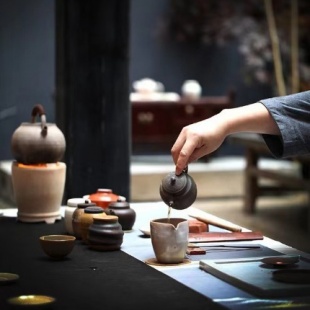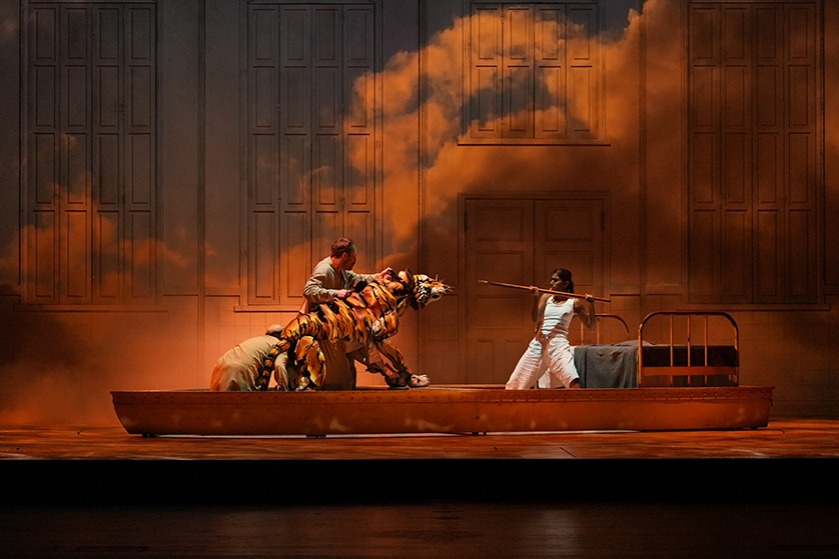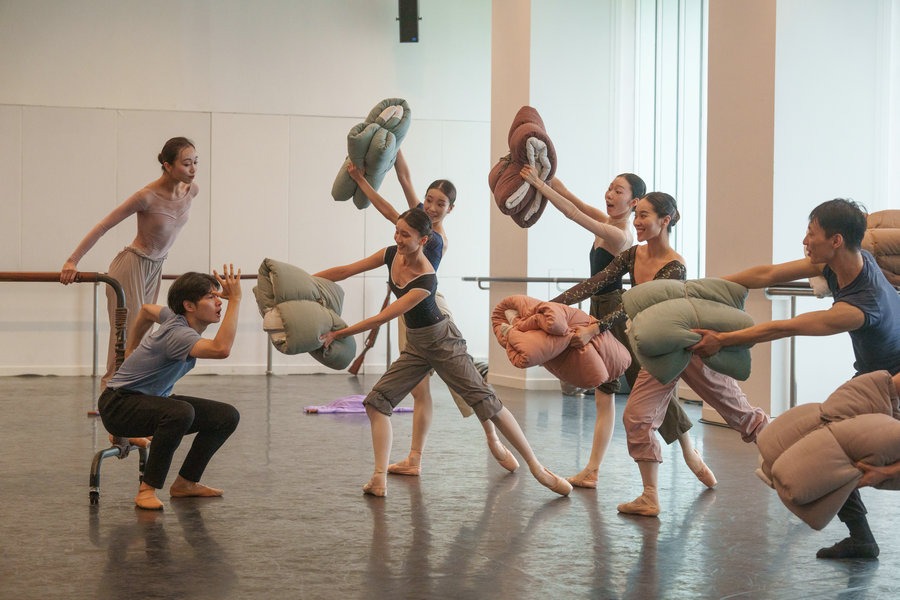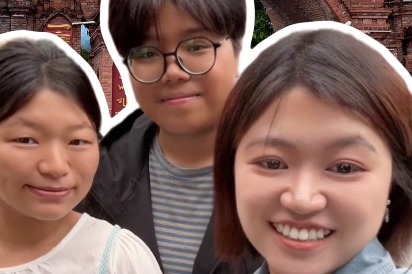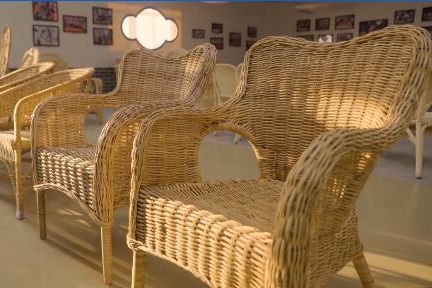A small cup of tea, a better tranquil world


Take out tea, boil water, pour water into teapot, drain out tea soup. From an overflowing cup of mellow tea, a Chinese starts an ordinary day.
Tea, as a daily necessity, has been an essential part of Chinese life since ancient times. "Having good tea to drink is a kind of blessing. Yes, men and women, young and old, as long as they have a pot of tea, it is a happy and leisurely day," said Lu Xun,a famous Chinese writer, thinker and revolutionary.
Tea was first discovered and drunk as herbal medicine by ancient Chinese ancestors. The history of Chinese drinking tea stretches back to the period of Three Emperors and Five emperors. The earliest record of tea points to Shen Nong, "one of the Three Emperors and the inventor of agriculture and medicine of Chinese ancient legend, tasted hundreds of herbs, encountered 72 poisons a day, and cured them with tea". It also shows that ancient Chinese had a certain understanding of detoxifying effect of tea.
In the Qin and Han dynasties (221 BC - AD 220), Chinese began to make tea leaves into cakes. After baking, the tea cakes were ground into powder and boiled in water with ginger and scallion. Over time, tea has gradually evolved from a mere drink into a carrier of culture with spiritual significance, thanks to the promotion and love of literati of all dynasties. More specifically, with the prevalence of poems on tea, tea drinking began to carry more cultural meanings.
After the Wei (AD 220-265), Jin (AD 265 - 420), Southern and Northern dynasties (AD 420-581), tea became an important medium for social hospitality. In the Tang Dynasty (AD 618-907), tea sage Lu Yu wrote the Classic of Tea, the world's earliest extant monograph and encyclopedia of tea, which for the first time systematically summarized the history, origin, current situation, processing technology and drinking artistry of tea. Tea drinking gradually became a kind of art and was worshipped by later generations. It was not only popular among the upper class but also an indispensable part of the common people in the Tang Dynasty.
Tea culture peaked in the Song Dynasty (960-1279). The culture developed toward the direction of art and refinement. The most important feature is the integration of artistry on the basis of skill, which embodied the taste of tea culture of the Song Dynasty. Tea ordering, a popular ancient method of making tea in tea competition, was developed then. The artistry-oriented tendency of tea drinking is due to the highly developed economic level, the mature civil service system of the period and especially the elegant aesthetic taste of Huizong, the emperor of the Song Dynasty.


